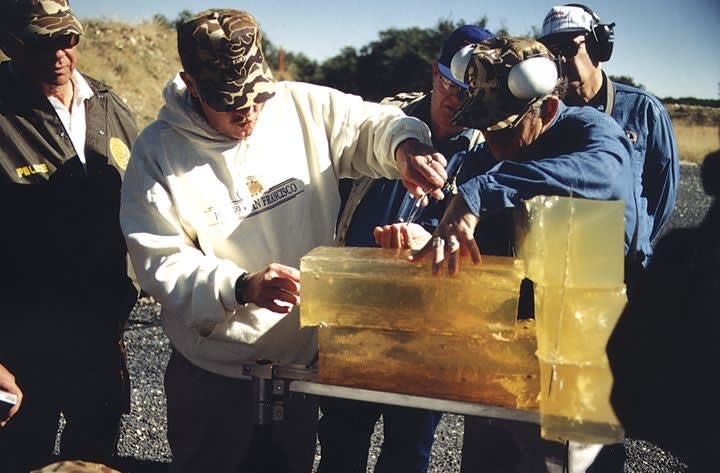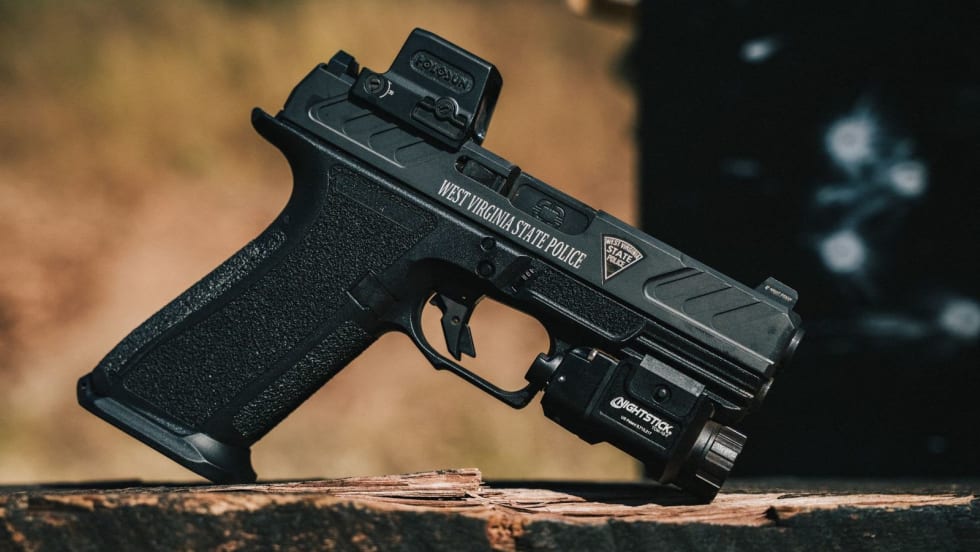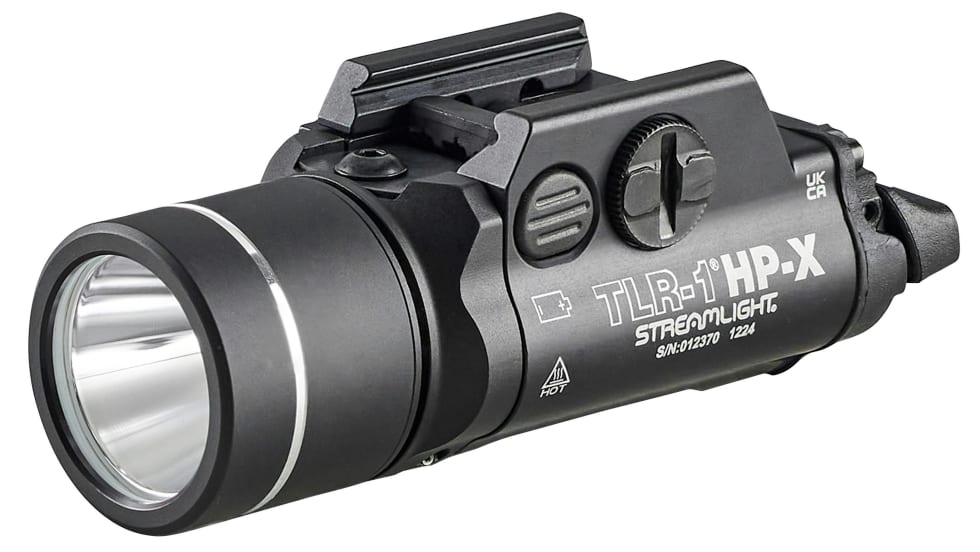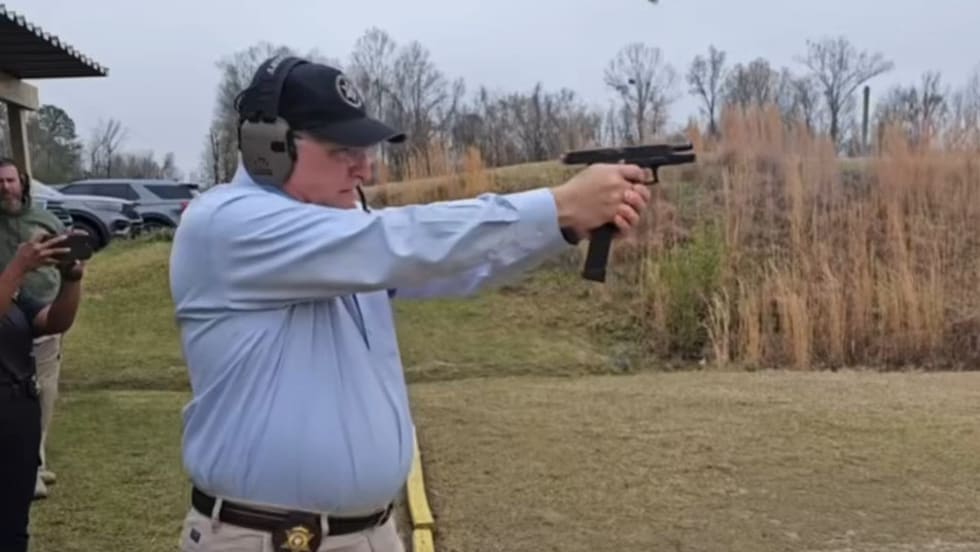The 10 Lite, aka .40 Short-or as Smith & Wesson likes to call it, the .40 S&W-has become one of the leading law enforcement rounds in just a decade. This trend can be traced to a bloody 1986 incident involving FBI agents and bank robbers. Two agents were killed and five badly injured in a 140-round shootout in Miami in which the criminals were struck many times by pistol rounds and shotgun pellets yet managed to stay alive and deadly for minutes after they were mortally wounded.
In the aftermath of the Miami shootout, the Bureau was not about to admit to faulty tactics. Blame for the unfortunate debacle had to be laid off on the lack of the right equipment. The conclusion was that the good guys didn't have the right guns and ammunition.
In their quest for the magic weapon, the FBI conducted a series of five-round tests, which would have been an embarrassment at a junior high science fair. With that, they dismissed the .45 ACP as "already fully developed," whatever that meant. The 10mm was judged too hot to control and possibly overly penetrative. But by down-stepping the power on the 10mm, the .40 was born. The FBI had its magic bullet. Its father was organizational ego, its mother posterior covering.
But is the .40 S&W all it's cracked up to be? As the JEDI chart reflects, it is a more powerful round than the .38 or 9mm. However, Whit Collins, the man who conceived the .40, warned that while it was designed to be a superior replacement for the 9mm, it would never equal, much less exceed, the .45 ACP.
So what compromise will most efficiently produce the ultimate in behavior modification and accuracy?










